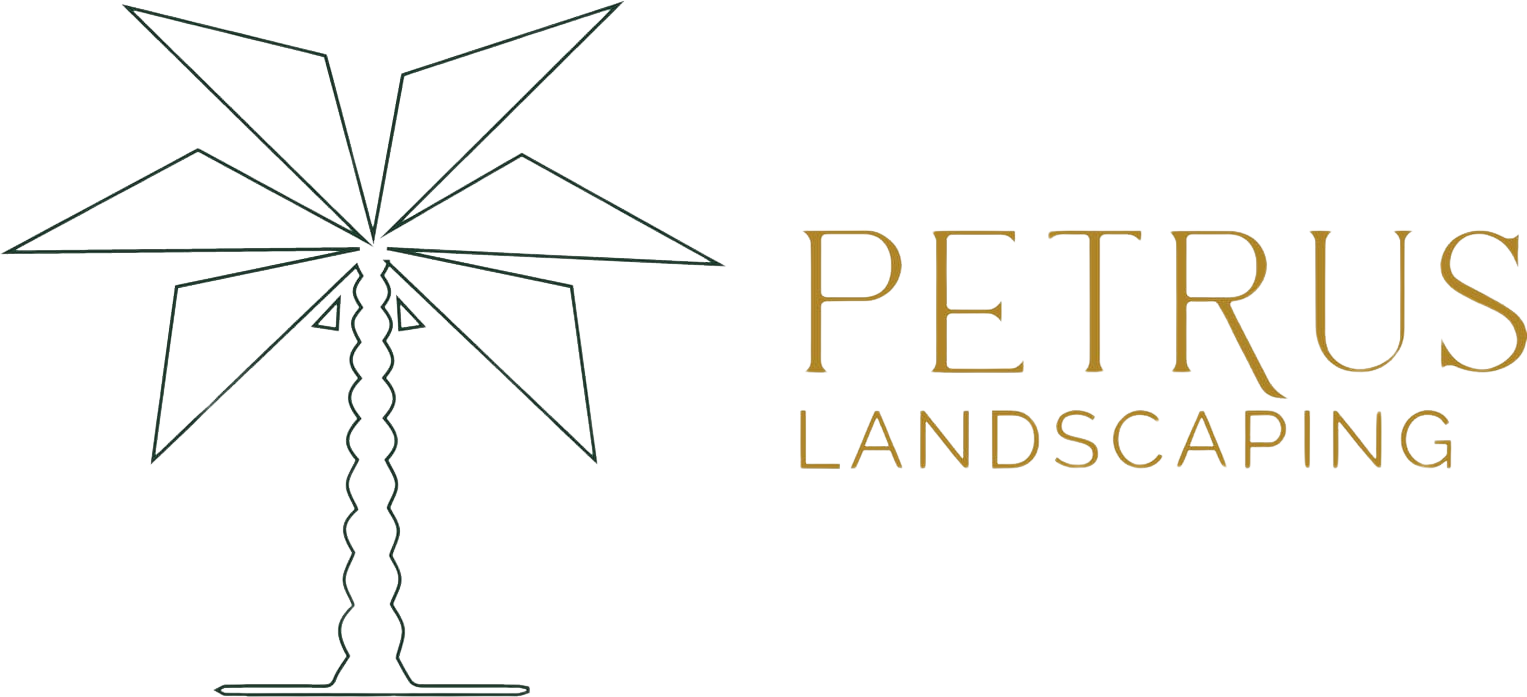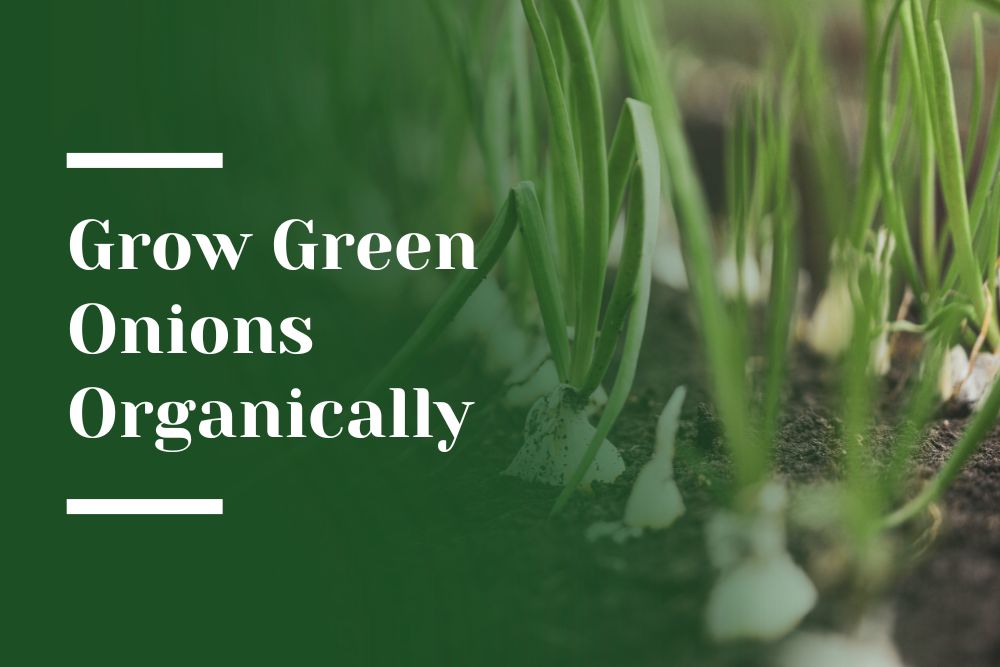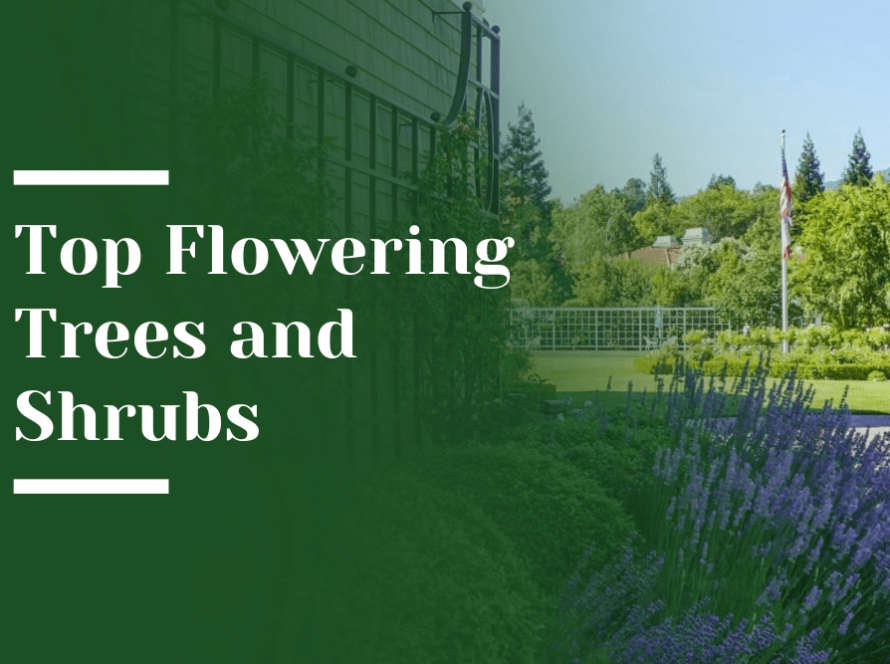Gardening is more than a hobby—it’s a lifestyle rooted in sustainability, beauty, and seasonal abundance. If you’re looking for a rewarding and low-maintenance crop to add to your edible garden, green onions are a fantastic choice. Easy to grow, nutrient-rich, and versatile in the kitchen, green onions thrive in the Bay Area’s mild climate. Whether you’re a DIY enthusiast or working with estate gardeners on a high-end landscaping project, incorporating green onions into your backyard is a smart and sustainable move.
Why Green Onions Are Perfect for Palo Alto Gardens
Green onions (also called scallions or spring onions) are ideal for Palo Alto’s Mediterranean climate. They flourish in full sun and moderate temperatures and can be grown in spring, summer, and fall—making nearly year-round harvesting possible. Thanks to their cold tolerance, green onions keep growing as long as temperatures stay above freezing. This resilience makes them an easy choice for both novice gardeners and professionals working in garden landscaping who want functional yet elegant edible plants.
The Organic Advantage: Why It Matters
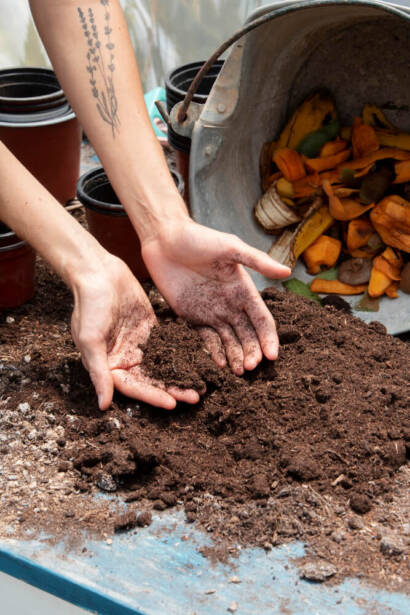
Photo Source: Freepik
Choosing to grow green onions organically not only protects your soil and food but also aligns with Palo Alto’s eco-conscious values. Organic methods avoid harmful pesticides and synthetic fertilizers, replacing them with compost, mulch, and natural pest deterrents. For those investing in high-end landscaping that supports long-term sustainability, organic edible gardens offer both beauty and purpose.
Organic gardening contributes to:
Healthier soil and stronger plants
A safe space for children and pets
Support for beneficial insects and pollinators
Reduced environmental impact
Recommended Varieties for Your Garden
Not all green onions are the same—some are better suited for containers, while others produce more robust bunches for continuous harvesting. Two standout varieties for Palo Alto gardens include:
Heshiko Japanese Bunching Onion: This non-bulbing type grows in clumps and is perfect for containers or raised beds.
Evergreen White Nebuka: A fast-growing scallion that produces long, slim stalks with hollow green blades. Excellent for repeated cut-and-come-again harvesting.
Both varieties work well in small backyard gardens or integrated into larger, high-end estate landscaping designs that value aesthetics and utility.
Supplies You’ll Need
To grow green onions organically, gather the following:
Green onion seeds, starter plants, or kitchen scraps
Organic compost or worm castings
Raised bed or container with good drainage
Watering can or irrigation system
Mulch (straw or shredded leaves work well)
Organic fertilizer (optional)
Step-by-Step: How to Grow Green Onions Organically
1. Pick the Right Spot
Choose a sunny location that receives at least 6–8 hours of direct sunlight daily. Raised beds, container gardens, and even balcony planters are suitable.
2. Prepare the Soil
Enrich your soil with plenty of organic compost or well-rotted manure. Green onions prefer loose, well-drained soil with a slightly acidic to neutral pH (6.2–6.8).
3. Planting Options
From Seed: Sow seeds ¼ inch deep and 1 inch apart in rows.
From Scraps: Place the white root ends of used green onions in water until they regrow, then transplant to soil.
From Starts: Plant nursery seedlings directly into the garden.
4. Watering Needs
Green onions have shallow roots and need consistently moist soil. Water regularly, especially during Palo Alto’s dry summer months, but avoid overwatering to prevent rot.
5. Feeding the Plants
If your soil is rich in organic matter, additional fertilizer may not be needed. For an extra boost, use compost tea or diluted fish emulsion—both approved for organic gardening.
6. Mulching and Maintenance
Apply organic mulch to retain moisture and suppress weeds. Pull weeds gently to avoid disturbing shallow roots.
7. Pest Control the Organic Way
Use neem oil or insecticidal soap to deter aphids. Diatomaceous earth works well for slugs and snails. Interplanting with herbs like thyme or dill can also help deter pests naturally.
Harvesting & Regrowing for Continuous Yield
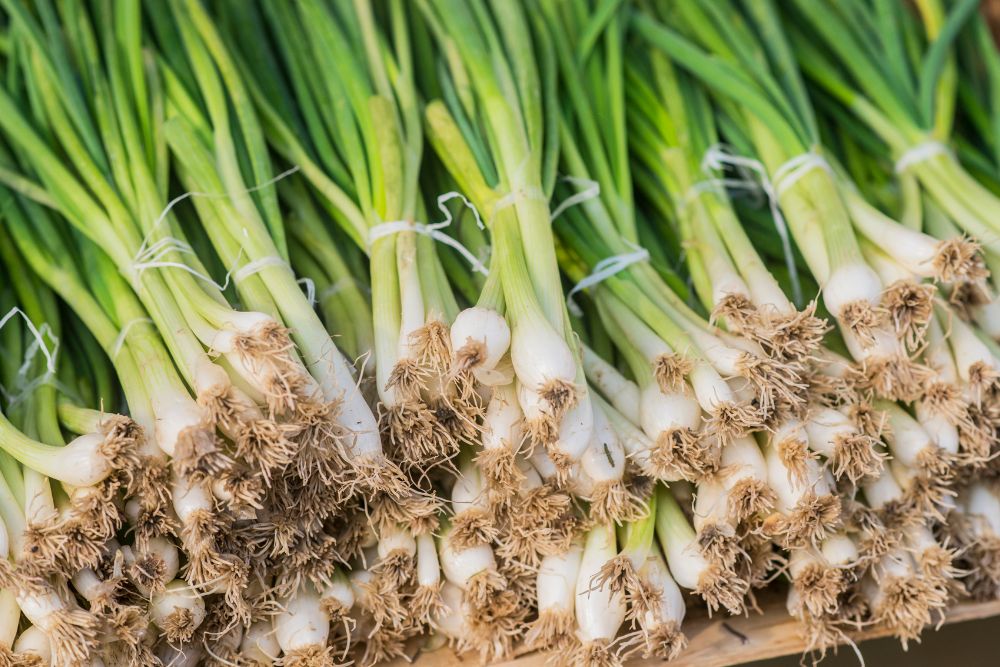
Photo Source: Freepik
Green onions are known for their “cut and come again” style of harvesting. When stalks reach a desirable height (typically 6–12 inches), trim them about 1–2 inches above the soil line. Leave the base and roots in the ground, and new growth will sprout for multiple harvests. In climates like Palo Alto, where green onions grow almost year-round, this regrowth method offers fresh scallions on demand.
From Garden to Table
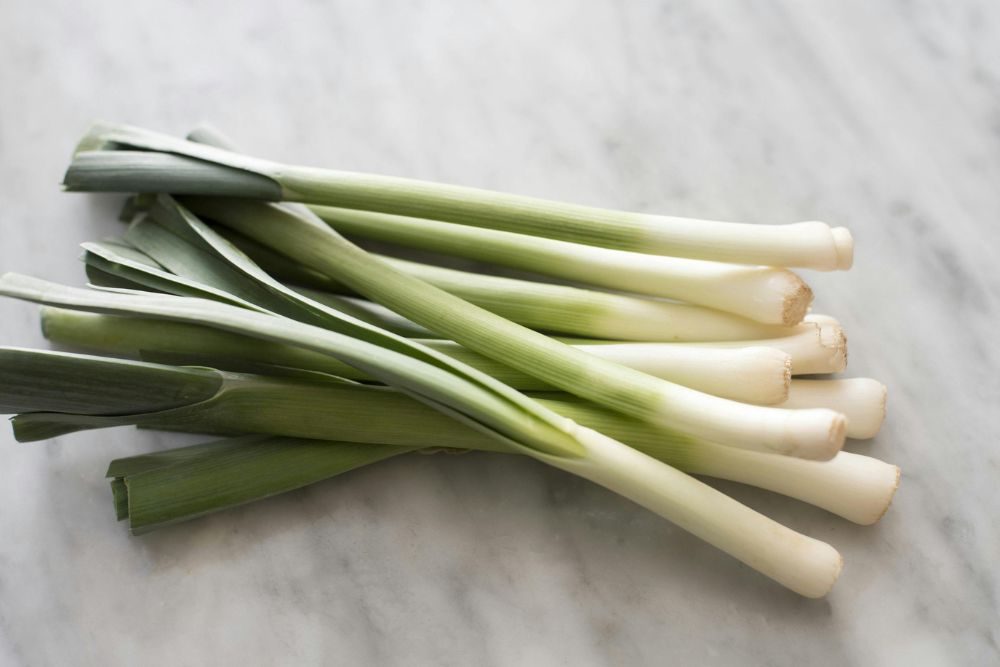
Photo Source: Freepik
Freshly harvested green onions are a flavorful addition to soups, stir-fries, salads, tacos, and more. Their bright, zesty flavor is best enjoyed right after harvest, but you can store them in a jar of water in the fridge or regrow them indoors for continuous use.
Sustainable Gardening for Every Scale
Whether you have a modest backyard plot or an expansive estate garden, growing green onions organically is a step toward sustainable living. It reduces food waste, minimizes your environmental impact, and supports healthy soil biology.
For homeowners interested in luxury landscape design that balances elegance and ecology, integrating edible plants like green onions into the garden creates a functional and beautiful outdoor space. Estate gardeners in Palo Alto are increasingly incorporating vegetables, herbs, and edible flowers into their designs to support eco-friendly living without sacrificing style
Final Thoughts
Green onions are the perfect gateway crop for organic gardening in Palo Alto. They’re adaptable, fast-growing, and fit seamlessly into both container gardens and larger landscape plans. Whether you’re a home chef, a sustainability advocate, or simply looking to add character to your backyard, growing green onions offers taste, texture, and eco-conscious rewards.
Want help integrating edible plants into your garden design? Contact our team for ideas that blend organic gardening with refined outdoor living.
